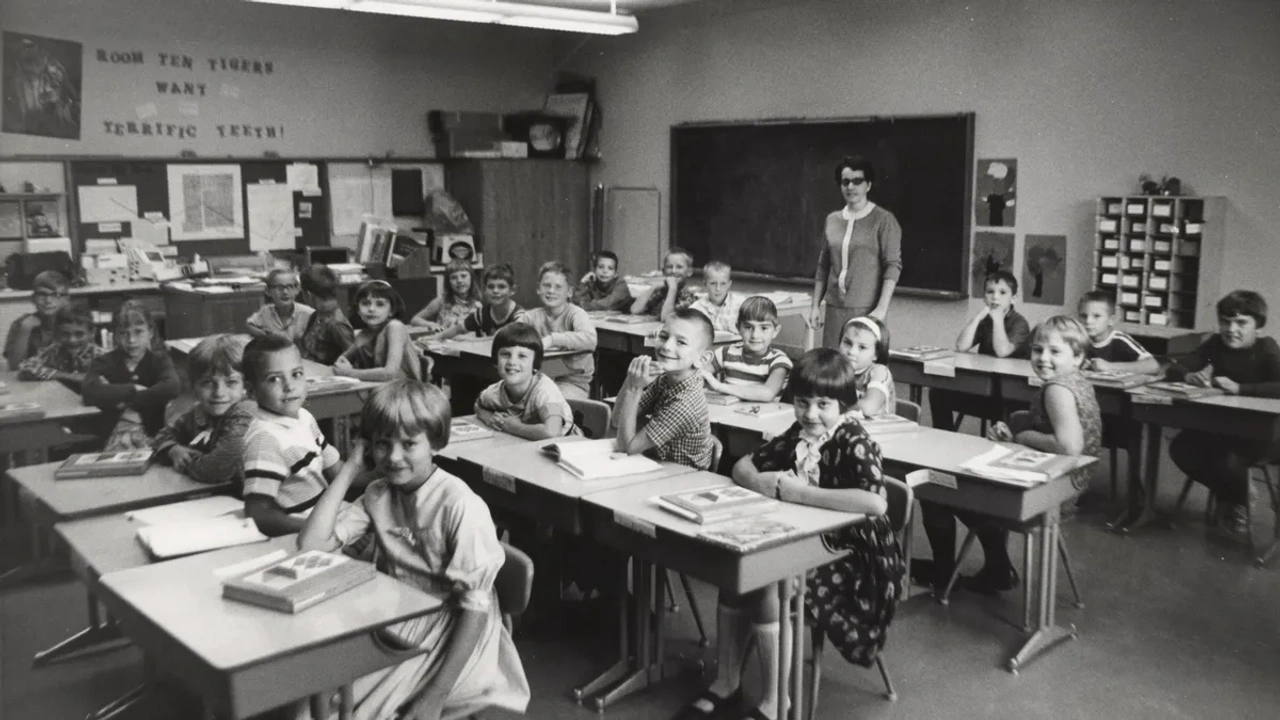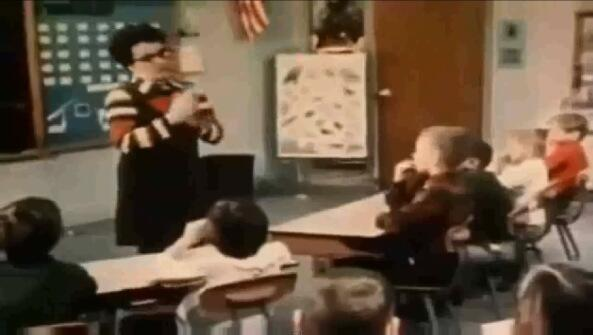
On the evening of April 4, 1968, an Iowa (USA) elementary school teacher was preparing a class on Native American Indians for her third-grade class. Jane Elliott was ironing a piece of cloth that would later be fashioned into a tepee by her students since it was the construction that Native Americans made. As she ironed, she heard the news playing on the television reporting the murder of Martin Luther King Jr, one of the leaders of the American Civil Rights Movement. She remembers how the newscaster addressed an African-American lady and asked her, "When we lost our leader, President John F. Kennedy, his widow cheered us on. Who will cheer you on now that you've lost your leader?"

The news impressed Elliott, but most of her shock came from understanding the deep reaches of racism within her own community. Elliott decided to turn the focus of her class toward understanding racism. She knew she would have to talk about what happened with Martin Luther King Jr. She would have to talk about how the different minorities in the United States were treated (African-Americans, Natives, Latinos, etc.). She drew inspiration from a famous Sioux prayer: "Oh, Great Spirit, free me from judging anybody until I've walked in their moccasins."

How does one talk about racism to 8 and 9-year-old children? How can one show them how noxious this practice is when they're all white and haven't experienced it? The following day, April 5, Ms. Elliott was asked by her students, "what happened to that King guy?". Jane Elliott asked them whether they could imagine what it was like to go through what young African-American children had to go through. When they said no, she proposed an exercise so that they could understand how difficult things were for the children suffering from racial discrimination. She divided the children into different groups based on their eye color. Those with brown eyes would be the majority, and those with blue eyes would be the minority. The blue-eyed children were given a cloth bracelet for easier identification. Now, the newly segregated group went on with their regular school day.
In the beginning, the children were just feeling uncomfortable. However, Elliott started to push the segregation experience to deeper levels, explaining why, for instance, people with brown eyes were smarter due to a higher concentration of melanin in their bodies. This lie, along with many following actions (she gave brown-eyed children a longer recess time, moved blue-eyed children to the back of the classroom, and so on), pushed brown-eyed children to act more tyrannical, aggressively. Those with blue eyes also changed their behavior, growing shyer and making more mistakes in math exercises, which didn't use to happen before. All children lived through the deep psychological effects of the exercise.
The following Monday, Jane Elliott asked the students to switch roles. Now, blue-eyed children would be "the better ones," and brown-eyed children would become the segregated ones. Despite the fact that Elliott recreated the same circumstances as before, she noticed that the blue-eyed children weren't as aggressive. At the end of the day, Elliott asked the children to write a brief essay about what they had learned. The children wrote about how easy it was for them to be violent and even hate their classmates in the opposite group, about how they had experienced a false sense of security taking over them when they were a part of the majority, and how they felt a deep sense of despair when they were a part of the minority. These essays were published in a local newspaper, and this was the point where Ms. Elliott's exercise started to garner more fame and attention, both positive and negative.
Jane Elliott has recreated this exercise among young students, university students, employees at large firms, and government officials. Despite being really controversial, this exercise has become commonplace in diversity and coexistence training in any group that works as a team. The genius in Jane Elliott's exercise resides in how it can help its participants re-think the effects of discrimination to understand it as an unfortunate piece of reality that we live through in daily lives, rather than seeing it as a far-away, complex problem.
Let's not judge anyone until we've walked in their shoes. By doing so, we will understand how a person's worth is not determined by anything—it's not about skin color, beliefs, or identities—it's about them being human. Yes, we can all become people that discriminate, but we can also become empathetic and inclusive, regardless of our eye color.
LUAN, learning to walk in others person's shoes.
—------–
Want to take a trip? Dive into LUAN and spend some time there. Collective exhibition, Courses, Podcast, YouTube Channel, Telegram Channel, Website. Explore beauty and reflection content that builds on community connections and emotional openness. We will not disappoint.

